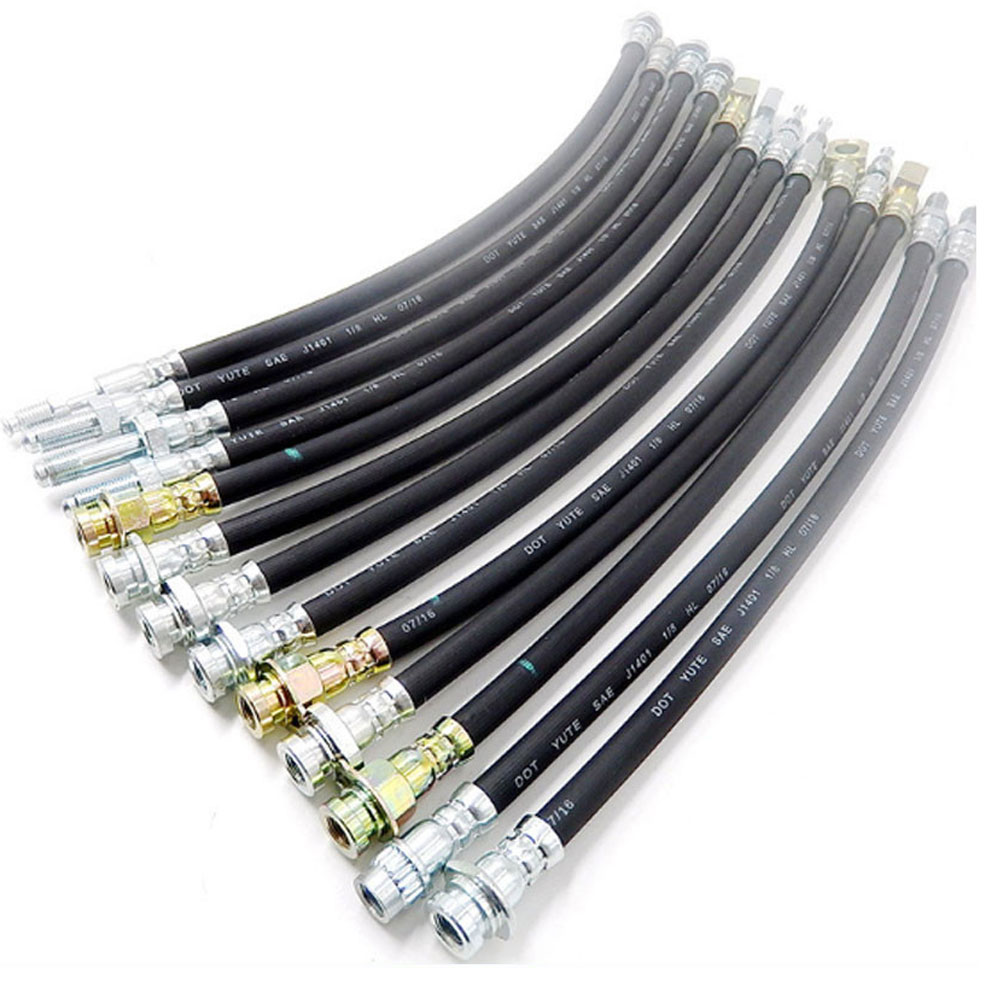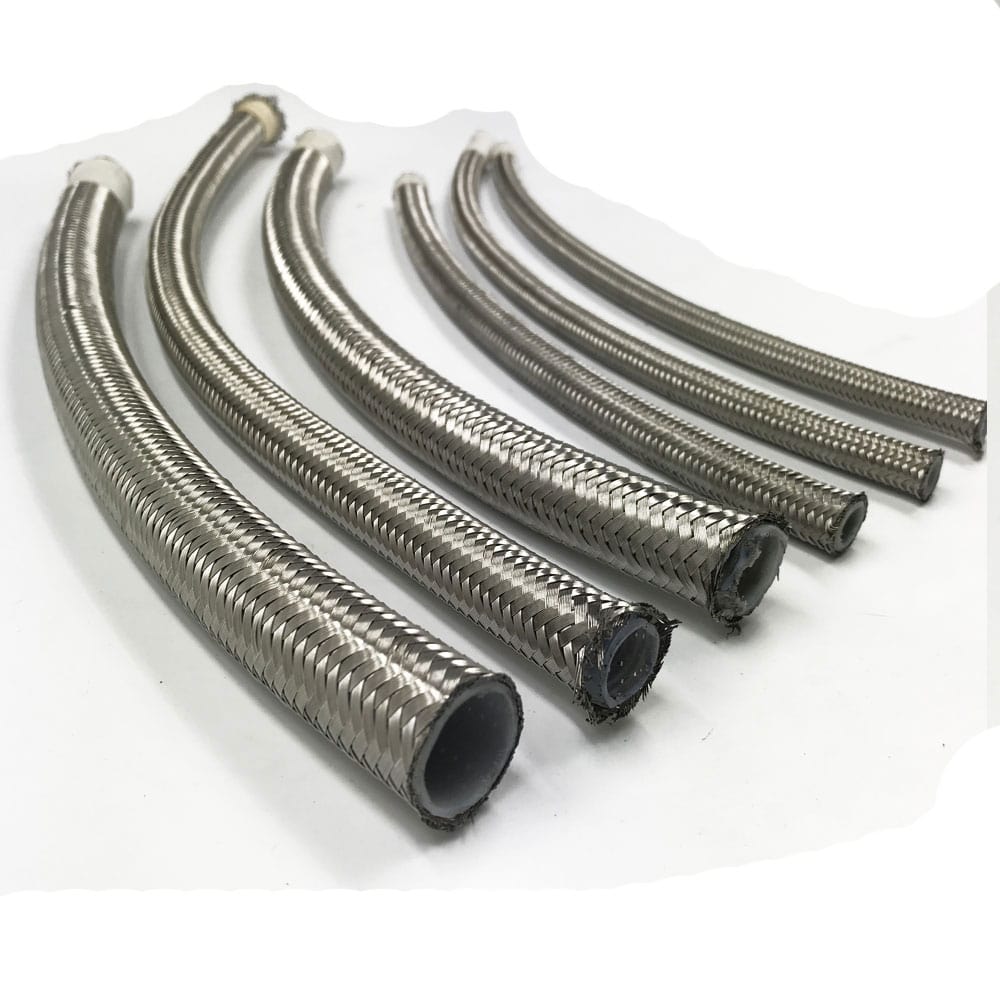What is a hydraulic pipe
The hydraulic pipe is called a hydraulic pipe because it is a pipe for transmitting hydraulic pressure. It has a hard pipe and a hose. The hard pipe is mainly a seamless steel pipe, and the hose is used. The steel mesh of the layer and the rubber are bent together to form a pipe. The hose is often used in the working environment where the bending is required, and the hard pipe has strict standards. We can choose the diameter of different pipes and hoses according to the flow rate of the transport medium, and we can also select the pressure level of the pipe according to the different pressure of the hydraulic pipe.

Hydraulic pipe standard
The standard of hydraulic hard pipe: the seamless steel pipe for fluids should conform to the national GB8163-99 standard, while the high-pressure seamless steel pipe for fertilizer equipment needs to adopt the GB6479-1999 standard. For the hydraulic pipe special for oil drill collar, it needs to adopt YB691- 70 standards. For hydraulic hoses, it is mainly divided into three types of implementation standards, first of all, DIN, SAE, ISO and GB/T standards commonly used in trade, followed by DIN EN 853 for braided hydraulic hoses. SAE J517, GB/T 3683-2011, ISO1436 and other types. Finally, there are DIN EN 856, SAE J517 and other types of hydraulic hoses.

Hydraulic pipe advantages
The biggest advantage of the hydraulic pipe is that it is more flexible and convenient compared with the way of electrical rotation and mechanical rotation. It is not only light in weight, but also very small in size, and it is very convenient to operate. Secondly, it can automatically realize overload protection, can carry out stepless speed regulation on a large scale, and the reaction speed is also very considerable. Learn more about hydraulic fittings.





